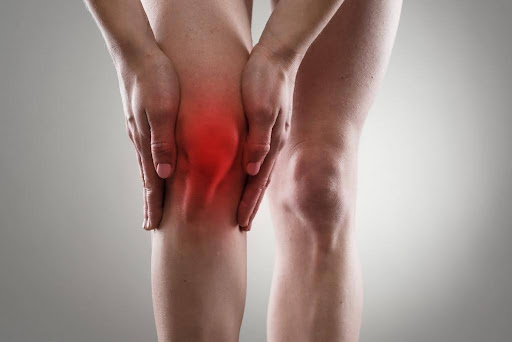
Knee pain is a common complaint that can significantly impact daily life, limiting mobility and hindering the quality of life. Traditional treatment options often focus on symptom management rather than addressing the underlying cause of pain. However, advancements in regenerative medicine, particularly Platelet-Rich Plasma (PRP) therapy, offer new hope for individuals seeking lasting relief from knee pain.
In this blog post, we'll explore how regenerative medicine and PRP-based treatments are revolutionizing knee pain management, providing patients with effective alternatives to conventional therapies.
Before delving into treatment options, it's essential to understand the common causes of knee pain:
Regenerative medicine aims to harness the body's natural healing mechanisms to repair and regenerate damaged tissues. In the context of knee pain, regenerative therapies focus on stimulating tissue repair, reducing inflammation, and promoting long-term healing. One of the most promising regenerative treatments for knee pain is Platelet-Rich Plasma (PRP) therapy.
Read More:- Pain-Free Knees, Naturally: Is Stem Cell Therapy The Answer For Osteoarthritis?
PRP therapy involves extracting a small sample of the patient's blood, centrifuging it to concentrate the platelets, and then injecting the PRP solution into the affected knee joint. Platelets are rich in growth factors and cytokines, which play crucial roles in tissue repair and regeneration. By delivering a concentrated dose of these bioactive molecules directly to the site of injury, PRP therapy accelerates healing and promotes tissue regeneration.
PRP therapy offers several advantages for individuals suffering from knee pain:
Regenerative medicine, specifically PRP therapy, offers a promising treatment option for individuals suffering from knee pain. By harnessing the body's natural healing mechanisms, PRP therapy provides safe, effective, and long-lasting relief from knee pain, allowing patients to regain mobility, function, and quality of life. If you're struggling with knee pain, consider consulting with a healthcare provider experienced in regenerative medicine to explore whether PRP therapy may be right for you.